The country of Chile is a 2,700-mile long, narrow ribbon of some of the world’s most varied and dramatic landscapes stitched to the western edge of South America by the rugged Andes. To put that in perspective, Chile’s length is roughly the distance from Norway to Nigeria or Dublin to D.C. No point along the strip is wider than 180 miles and the coastline is so jagged, it measures an incredible 7,600 miles. The diverse geography includes high desert, fertile valleys, volcanos, alpine lakes, glaciers and stunningly chiseled mountains. Some of the top things to do in Chile include specialty tours focusing on wine production, desert flora and fauna, fly-fishing, skiing, river rafting and kayaking, and hiking through stunning Patagonian landscapes. This variety means that nearly everyone will find something of interest in Chile.
Looking Up and Looking Down in the Atacama Desert
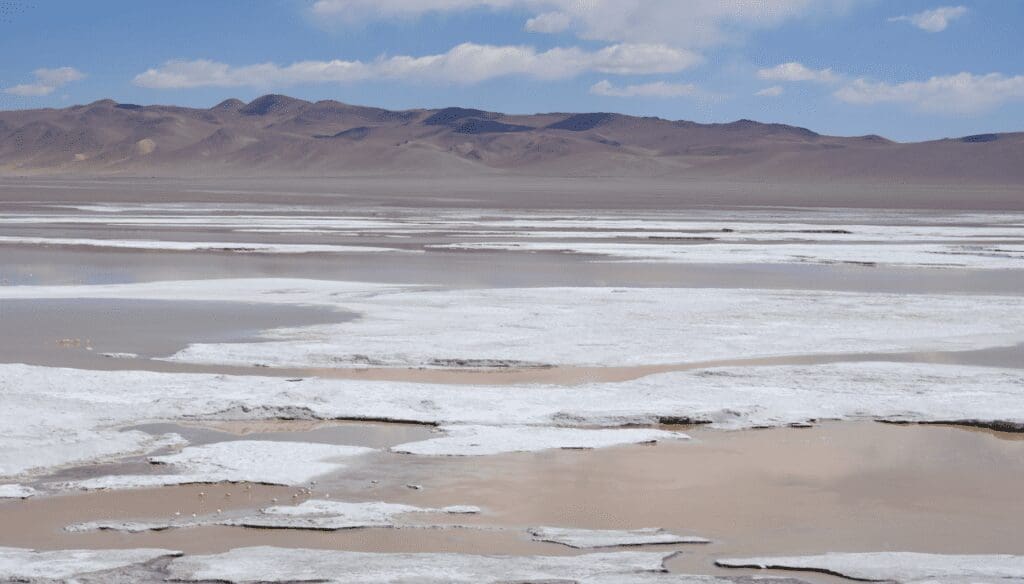
The high-altitude Atacama Desert in northern Chile is the driest in the world. The clear desert air gives stargazers amazing celestial views. In fact, the area is home to three of the worlds’ largest observatories and the most important astronomical research of the Southern Hemisphere. Travel Maestro tip: Stay in the quaint, adobe-clad town of San Pedro de Atacama. Some hotels have onsite telescopes available to guests or you can take a guided night tour with an astronomer.
The crazy landforms of Atacama are just as interesting as the desert sky. Must-see sights include the El Tatio thermal geyser, the Valle de la Luna (Valley of the Moon) and the pink flamingos of Los Flamencos Nature Reserve in the salt flats.
Skiing in the Andes
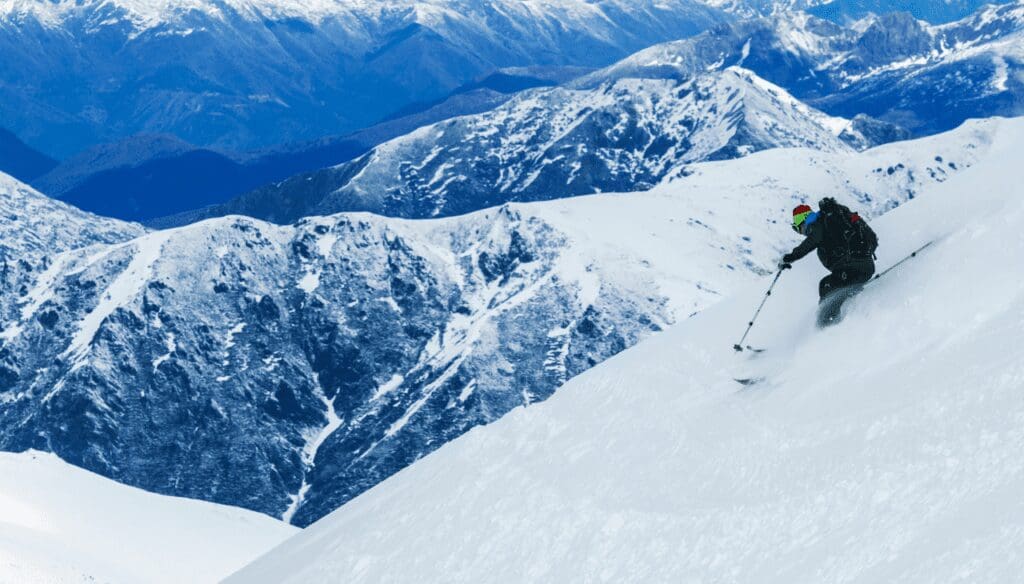
Advanced skiers and snowboarders can shred the formidable slopes and steep chutes in the Chilean Andes during North American summer, July through September. Compared to many North American ski areas, the slopes are not crowded and the atmosphere is very laid back. Travel Maestro tip: For an unforgettable experience, try heli-skiing 6,000 foot descents of pristine snow.
Wine Travel
The fertile Central Valley of Chile is home to many vineyards that grow the wine grapes and produce the renowned Chilean Cabernet Sauvignons, Merlots, Carmeneres and Chardonnays that are enjoyed worldwide. Because the terrain is so varied, the appellation is subdivided into four wine growing regions: Maipo Valley, Rapel Valley, Curico Valley and Maule Valley. Harvest season from February to May is an exciting time to visit, although winery tours, wine tasting courses or lunch in the vineyards are fun and tasty during the growing season, too.
Santiago – The Center of It All
About one-third of all Chileans live in and around the capital city of Santiago and they are pleasantly helpful to visitors. The downtown area, called Centro, is still dotted with Spanish colonial buildings and old churches, as well as many sparkling new modern buildings. Other neighborhoods house international restaurants, upscale boutiques and lively nightlife. Santiago’s location at the foot of the Andes Mountains and a short drive from the beach means that visitors can actually ski and swim in the same day! Travel Maestro tip: Don’t miss the wrought-iron splendor and colorful, otherworldly seafood of the Mercado Central.
Distinctive Valparaiso
75 miles northwest of Santiago is the colorful port city of Valparaiso that has been named a UNESCO World Heritage site. The city spills from the port up the many surrounding hills and is connected by more than a dozen ascensores (funicular cable cars) that carry people up the steep hillsides. It has a Bohemian, somewhat gritty vibe with a maze of cobblestone streets, historic architecture, and chaotic graffiti and street art. Travel Maestro tip: Don’t miss La Sebastiana, one of Chilean poet Pablo Neruda’s many eclectically decorated homes, located high above the harbor.
Get Active in the Lake District
Over 600 miles south of Santiago, the Alpine lakes region is heaven on earth for active travelers. Whitewater rafting, kayaking, mountain biking and hiking provide unending adventure. You can even strap on snowshoes to hike (hours) to the top of Villarrica volcano to peer into the crater at the active lava lake, and then bobsled all the way back down on a 30-minute thrill ride!
There are 12 lakes in the region and literally thousands of places for fly-fishing. The fly-fishing season runs from November through April when fishermen often haul in 8- to 10-pound trout.
The small towns of the south are flavored by the indigenous Mapuche, a nation that remained autonomous until the late 19th century, as well as the German immigrants who settled there in the early 1900s. Travel Maestro tip: Be sure to enjoy the local tradition of küchen (cake) and don’t take photographs of Mapuches in traditional attire without asking permission.
The end of the World – Patagonia
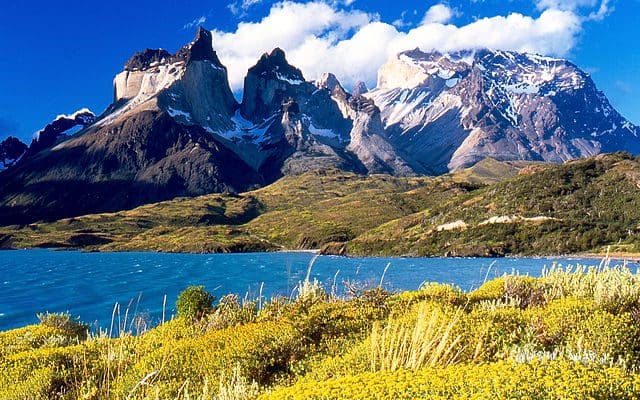
Patagonia is South America’s southernmost region, spanning Chile and Argentina. Its enormous expanses include spectacular fjords, vast pampas, crystal clear lakes and hulking blue glaciers. The top attraction, Torres del Paine National Park with its indescribably stunning scenery is nirvana for trekkers, with the prized view being the iconic horizon of the Paine Massif.
Travel Maestro tip: If you’re not interested in tackling the lauded 4-5 day “W Trek” and camping hostels, you can still immerse yourself in nature at a high-end glamping resort and see the beauty of the park on a one-day bus tour.
Other worthwhile places to visit in Patagonia include the magnificent architecture of Punta Arenas, the penguin colony of Magdalena Island, and a cruise to view the icy fjords of Tierra del Fuego.
Chile is one of South America’s most modern and convenient travel destinations, with contemporary infrastructure and comforts, and an outstanding reputation for safety. Contact our Covington Vacation Advisors for help arranging your top things to do in Chile.
We hope you’ll also enjoy these other Travel Maestro stories:

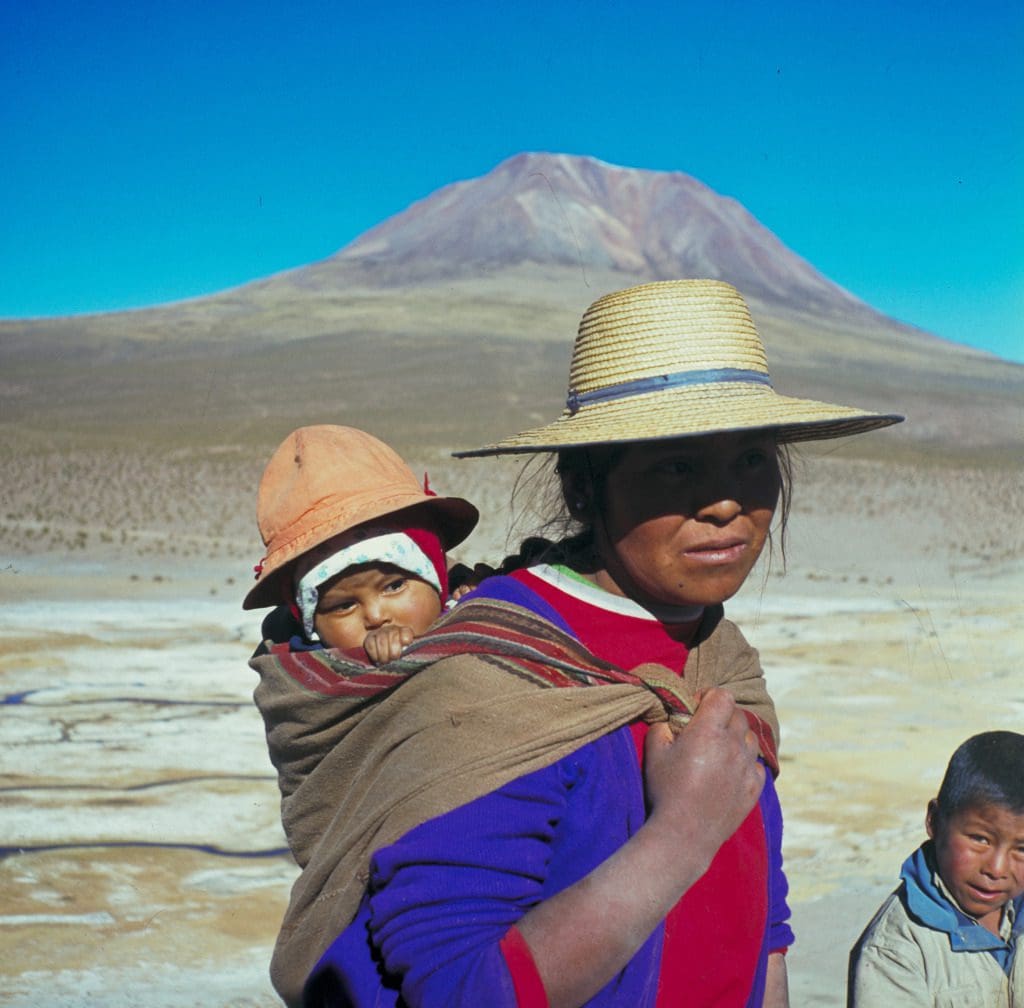
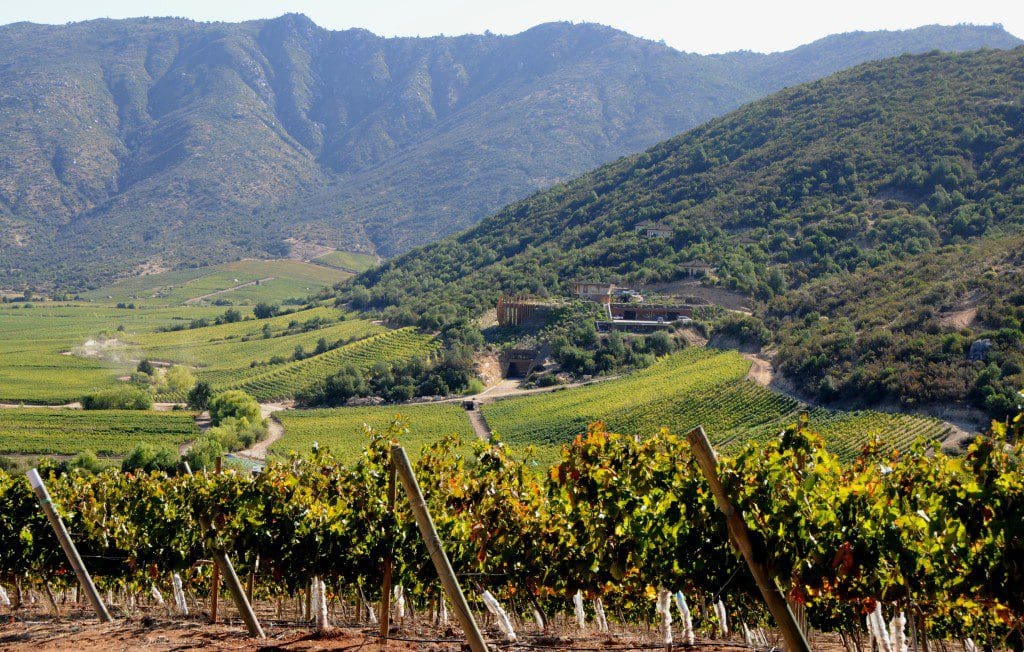
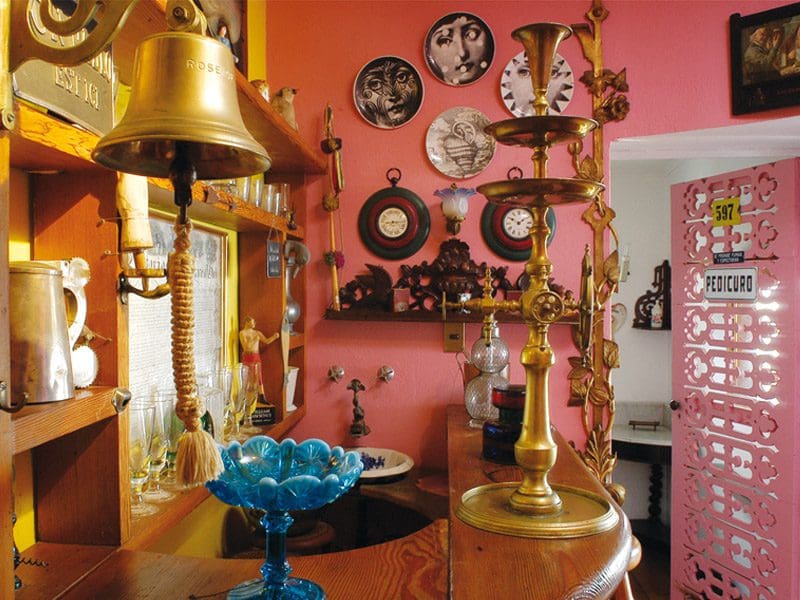





Leave a Reply